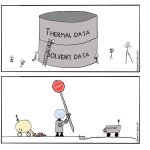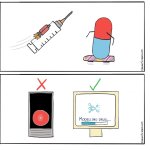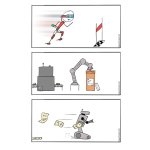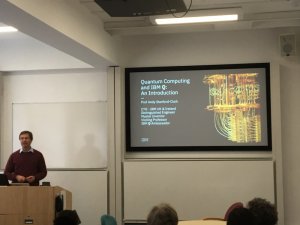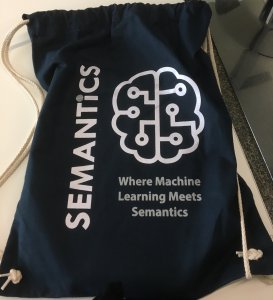Interview: After this seminar, Dr Samantha Kanza interviewed Naomi. This interview can be found here: https://eprints.soton.ac.uk/442940/
Abstract: AI is a fast moving field that is rapidly advancing and becoming embedded in a multitude of sectors and applications. With such a fast pace, and excitement over the possibilities it allows, there is often a rush to get things going. This being the case, sometimes not enough time is spent considering the implications and unforeseen outcomes that might come from the introduction of new technologies, processes and practices. Ideas that seem plausible and useful can turn out to be problematic when actually implemented, by which time it is often too late. By using the methodology of speculative design, we can more closely examine these implications and outcomes before the technologies become a reality. This talk will introduce speculative design and give some examples of design fiction, a method wherein objects from fictional futures or alternate presents are created to provoke discussion and explore possibilities.
Biography: Naomi is Lecturer in Design Policy and Futures Thinking at Imagination Lancaster, the design-led interdisciplinary research group at Lancaster University. Her work crosses various disciplines including design, computer science, and social science. Naomi’s previous work has focused primarily on interaction; between individuals, communities, disciplines or sectors, and between people and technology and the media they consume. Naomi is particularly interested in the intersection between the digital and the physical, and how this impacts society on many axes. She has been part of a number of research projects looking at how technologies such as IoT and AI are being implemented and governed, and is interested in how design can be used to shape policy for new technologies. In particular, her current work focuses on issues such as trust, transparency, privacy and bias, using speculative design methods to explore implications of technology currently in development or proposed for the future.


